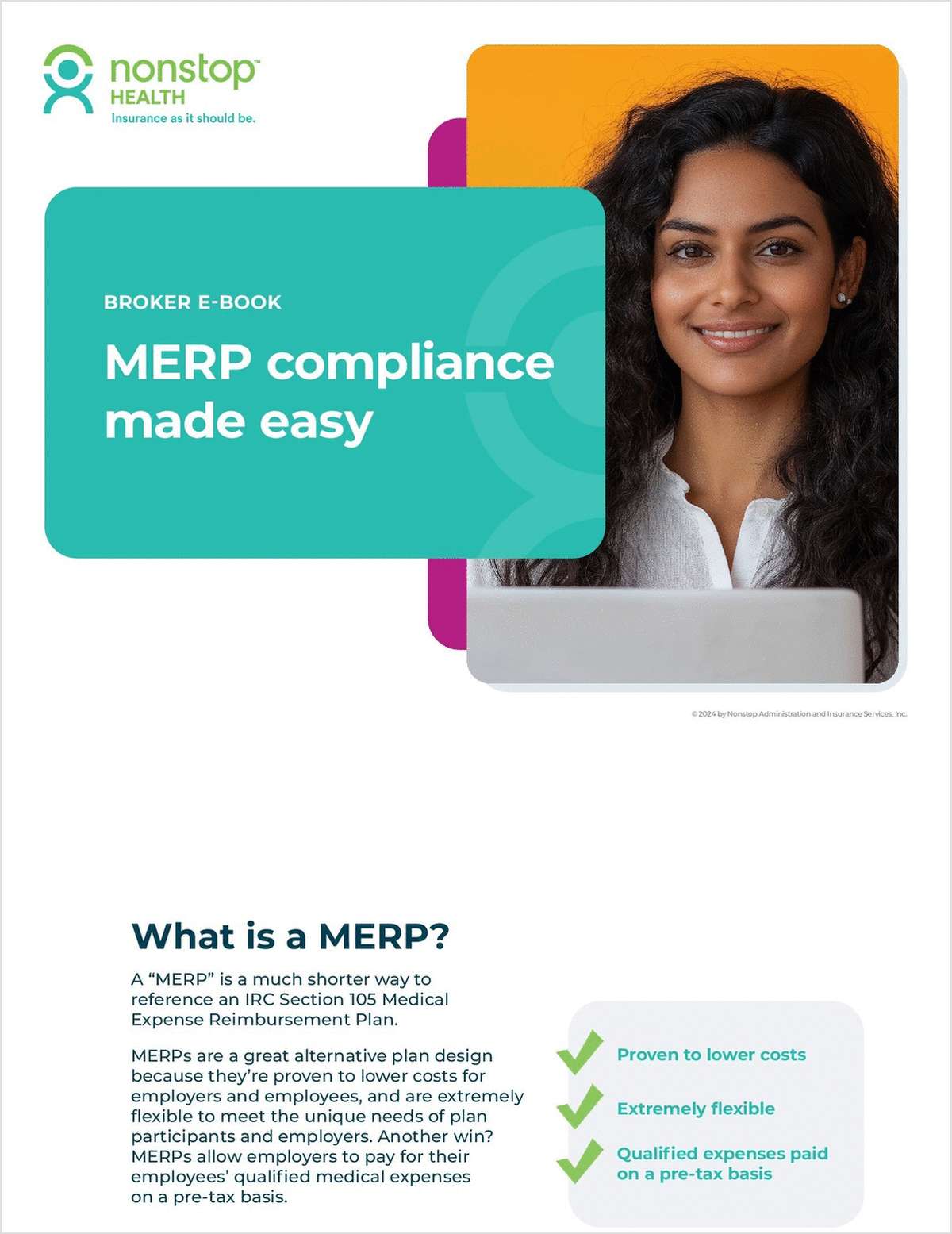
Millennials are about to become the largest generation in the United States. If your company doesn't already employ someone in this age group, it's a good bet that you soon will.
There's been lots of focus on how advisors can gain millennial clients, but there's been much less written about how to engage millennial employees in advisory firms.
Just as demographics will shift to clients classified as millennials, your firm will also begin to turn over clients to these new employees as older employees retire. To prepare for this shift, you'll need to learn how to communicate, engage and support millennials as you train the next generation of advisors.
|Defining the millennial generation
When talking about such a large group, it's important to find common denominators as a starting point. Millennials are defined as those born in the early 1980s to mid 1990s. Some definitions extend this group to those born in the early 2000s.
Millennials often receive scorn from older generations for wanting everything instantly, but the truth is more nuanced.
Older millennials remember dial-up internet, the transition from VHS to DVD to streaming, and going to the library to do research instead of Googling an answer on their smartphone.
Those shifts have caused millennials to be highly adaptable, dynamic and open to new ways of working and embracing change. Sometimes that openness gets misconstrued as an unwillingness to follow directions or established protocol, when all the employee wants to do is find a more efficient way to work.
Getting the most out of your millennial employees means taking a fresh perspective as well.
Now, let's look at four ways to engage your millennial workforce:
1. Provide vision. It's always been important to give your team vision and provide steps for success, but it's even more critical with millennial employees.
Remember your college syllabus? It showed you the entire semester and what would happen during each class. You knew what you needed to do to succeed.
Similarly, millennials want to know the expectations right away, because they want to accomplish them. How you manage expectations is key to fulfilling your vision.
That said, communication is still a two-way street. Create an environment where your employees feel empowered to speak up and ask questions.
Communication is all about listening, interpreting and adjusting to the moment. Be open to questioning and improving your company vision.
2. Gamify your work environment. Millennials grew up with video game systems like the Super Nintendo and Gameboy. When they beat a level, they went to the next. Each small success brought them closer to the big end goal of completing the game itself.
That environment extended to school. Each completed assignment got a gold star. Small encouragements and tiny rewards were built into the experience.
As a result, millennials have been trained to expect those same incremental rewards in the workplace. This is not wrong; it's simply a different way to communicate.
Gamifying your workplace does not mean giving out stickers or creating technology. What you can do is segment tasks, roles, and assignments into smaller pieces as a way to gamify the steps in a project (think: moderation) and then celebrate small successes as you get closer to your higher-end goals.
3. Understand the value of learning. A new hire will not be a fully-formed team member on day one. Giving your employees room to get better is one the most important managerial moves you can make.
We should all be continuous lifelong learners who are constantly striving to be better. When we approach life in that way, we grow and mature as leaders.
Expecting perfection from the start only sets you up for failure. Provide resources for your new employees to help them scale up in their growth. Think of your mentoring and training like you're tossing them a red mushroom in Super Mario — you're helping them grow and get better.
4. Tap into their motivations. The motivation behind why work matters has shifted.
Whereas baby boomers may have been motivated by a larger house, more cars, or sending their kids to private schools, millennials often crave life experiences like travel, art, or music more than physical goods. They are the creative generation.
Again, the theme here is that differences like this can be beneficial. Don't close yourself off to these differing views of how life and work should commingle. Those experiences may be what makes your new millennial advisors more relatable to a wider set of clients.
Embrace the change, and your firm will be rewarded.
|Communication is key
Above all, don't make assumptions about any of your employees. The keys we covered in this article are guide posts, but they won't be true for each individual.
The most important part of managing others is to communicate well. Be open and transparent and seek to truly understand the people on your team so you can create an environment that encourages success for each individual. If you do that, you will master managing and leading all generations.
Read more:
- 12 ways to engage millennials in insurance and finance careers
- Millennials in the insurance industry are staying put
- 8 ways brokers can prepare for 2019
Jarrod Upton, MBA, MS, CFP, is Chief Operations and Senior Consultant at Herbers & Company, an independent growth consultancy for financial advisory firms. He can be reached at [email protected].
Complete your profile to continue reading and get FREE access to BenefitsPRO, part of your ALM digital membership.
Your access to unlimited BenefitsPRO content isn’t changing.
Once you are an ALM digital member, you’ll receive:
- Breaking benefits news and analysis, on-site and via our newsletters and custom alerts
- Educational webcasts, white papers, and ebooks from industry thought leaders
- Critical converage of the property casualty insurance and financial advisory markets on our other ALM sites, PropertyCasualty360 and ThinkAdvisor
Already have an account? Sign In Now
© 2024 ALM Global, LLC, All Rights Reserved. Request academic re-use from www.copyright.com. All other uses, submit a request to [email protected]. For more information visit Asset & Logo Licensing.








